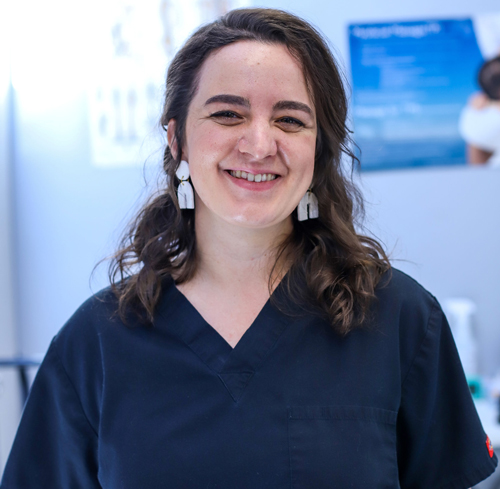Curriculum
Instruction Pack I: Massage Therapy Introduction
Students learn about the demand for massage therapy and the many business opportunities for the massage therapist. They learn about the common bodywork approaches and the importance of ethics in the therapeutic setting. In addition, students begin their study of anatomy, physiology and body movements.
Instruction Pack II: Anatomy and Physiology
From the respiratory system to the musculoskeletal system and every system in between, students learn how each body system works and the diseases and disorders of each. Students will learn how to identify major muscles, bones and bony landmarks. They learn about the shoulder girdle and arm. Students begin to learn about Swedish massage theory and techniques. In addition, students learn about safety precautions for the practitioner and the client.
Instruction Pack III: Assessment Skills I
Students learn how to create a client-centered therapeutic setting and how to create and chart client records. Massage contraindications and cautions, as well as safety precautions for the therapist and client, are also covered. Students learn about movement and support for the forearm, hand, head, neck and torso. They continue to learn Swedish massage techniques and theory. They learn to define and assess soft tissue and begin learning conditions and assessment skills. In addition, they learn the principles of Chinese medicine and how to integrate this knowledge into their massage practice.
Instruction Pack IV: Assessment Skills II
Students continue their study of conditions and assessment skills, focusing on the pelvis, thigh, knee, leg and foot. They also learn about hydrotherapy techniques and its purpose and benefits. Students also learn about energy techniques and theory.
Instruction Pack V: Massage Techniques
Students learn theory and techniques for neuromuscular, deep tissue and sports massage. Students are taught basic first aid and about HIV and AIDS. Students also learn about the common disorders that massage therapists treat. Finally, legal issues for the massage therapist are covered.










